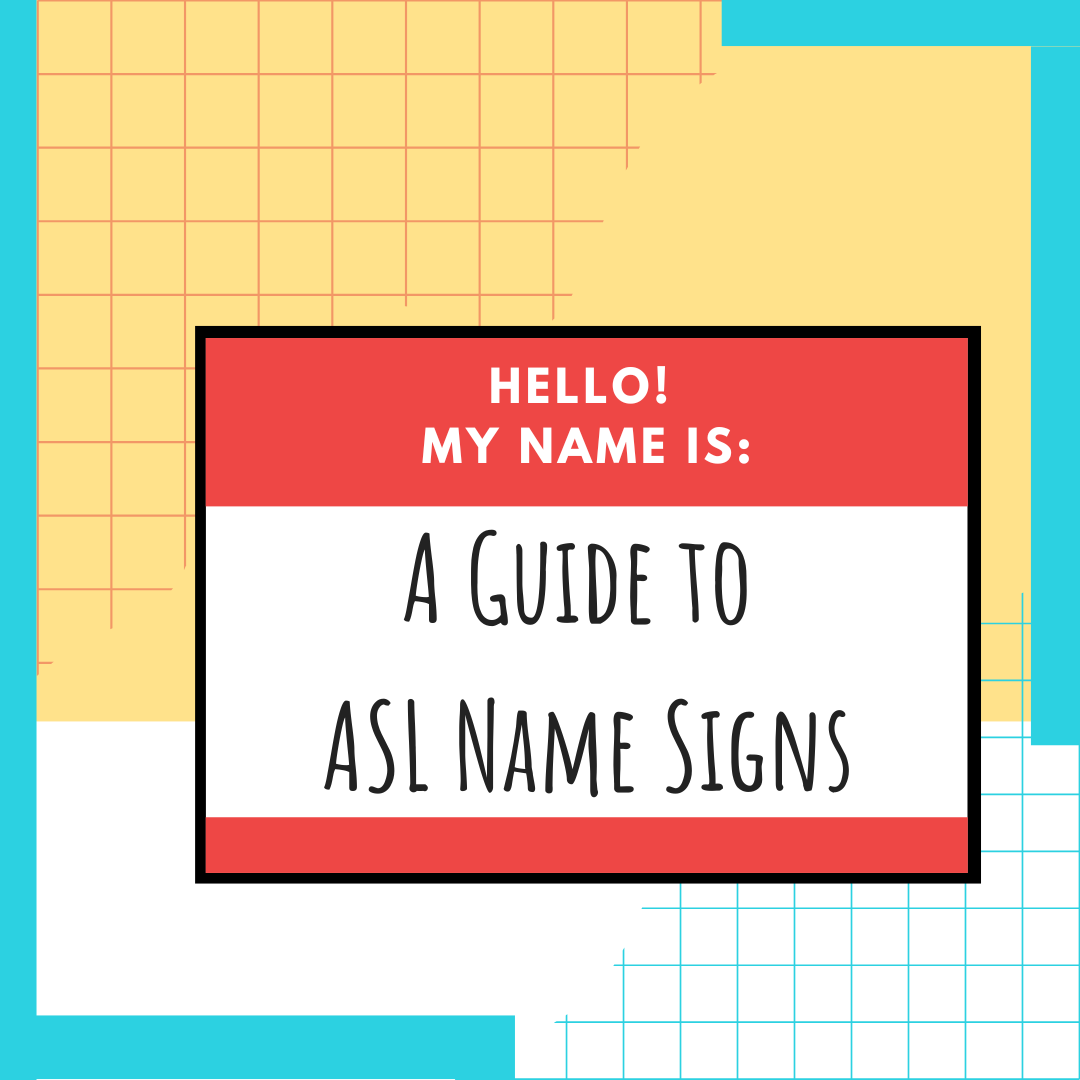
Deaf Technology – Opening Doors for the Deaf
Deaf people didn’t have many careers choices a few decades ago. They would usually find themselves working in trade jobs, non-profit work, or as teachers at schools for the deaf.
But now, only a short time later, many doors have opened not only because of the Americans with Disabilities Act (ADA), but because of deaf technology.
For many years, deaf people worked in printing factories and other manufacturing plants. They were able to handle the noise, so they were given the job.
Most white collar jobs in those days discriminated against people with disabilities (including deaf people). These businesses would rarely hire a person with a disability. Career choices were very limited for deaf people at that time.
Now, we have the ADA. The Americans with Disabilities Act made discrimination against people with disabilities illegal. If you don’t hire a man because he is African-American, you get in a lot of trouble. Now, you get in the same amount of trouble if you don’t hire a man because he has a disability.
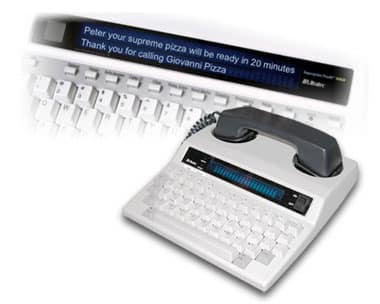
Photo courtesy of
MassRelay
With new deaf technology, though, these frustrations have become a thing of the past.
Today, we have:
- Deaf alarm clocks to help deaf people wake up in the morning.
- Alerting devices and systems to let deaf people know when the smoke alarm goes off, doorbell rings, baby cries, telephone rings, and more. The alerts can be visual (with a flashing light), physical (with a vibration), or auditory (with an increase in amplification).
- Vibrating cell phones with text messaging so you can contact a deaf person on the go.
- Deaf VP videophone communication so you can communicate with a deaf person in real time through video.
- Closed captioning that makes watching training videos possible for deaf people.
- Real-time captioning, where spoken words are displayed on a TV or computer screen instantaneously, that makes meetings possible for deaf people without an interpreter.
- Video relay services that allow deaf and hearing people to communicate through a remote interpreter who transmits the content of the conversation through video.
- TTYs and relay services that make calling deaf people at home possible.
- The internet and email to level the playing field in direct communication.
- Hearing ear dogs that really have nothing to do with careers, but they lovingly help the deaf as well!
This new technology has opened many doors for the deaf. They have been able to pursue a more broad range of careers, and have contributed a lot to our country. Just take a look at Marlee Matlin. Many deaf people have changed our lives, and we don’t even know it!
So, the next time you think communicating with deaf people is too difficult, think again. Communicating with you may be too difficult.
Start Learning ASL Today!
 Ready to start learning real American Sign Language and not just basic signs? Do you want to be a part of the vibrant Deaf community? Check out our Free ASL 1 Course or our Complete 4-Level ASL Course options and start learning ASL today!
Ready to start learning real American Sign Language and not just basic signs? Do you want to be a part of the vibrant Deaf community? Check out our Free ASL 1 Course or our Complete 4-Level ASL Course options and start learning ASL today!

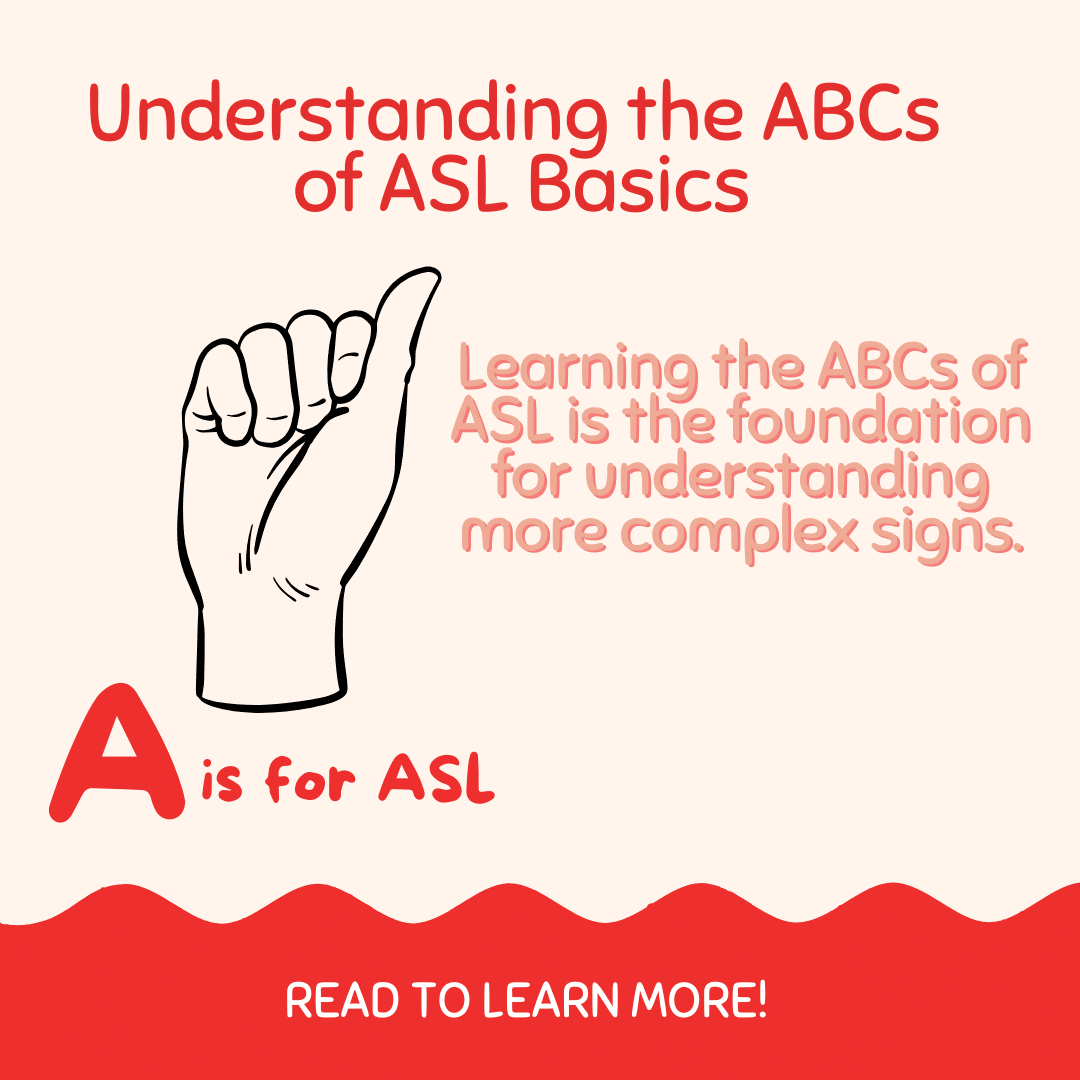
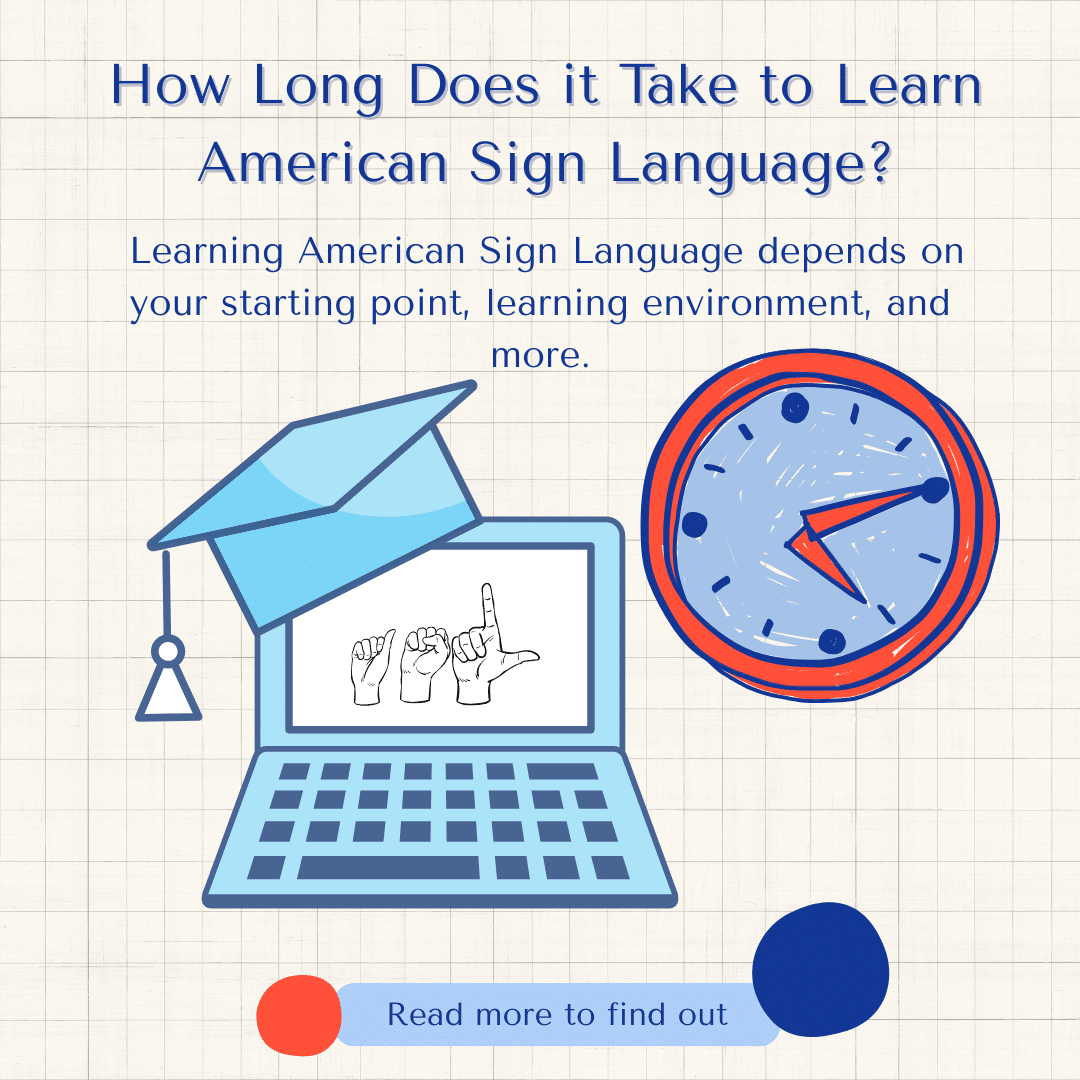


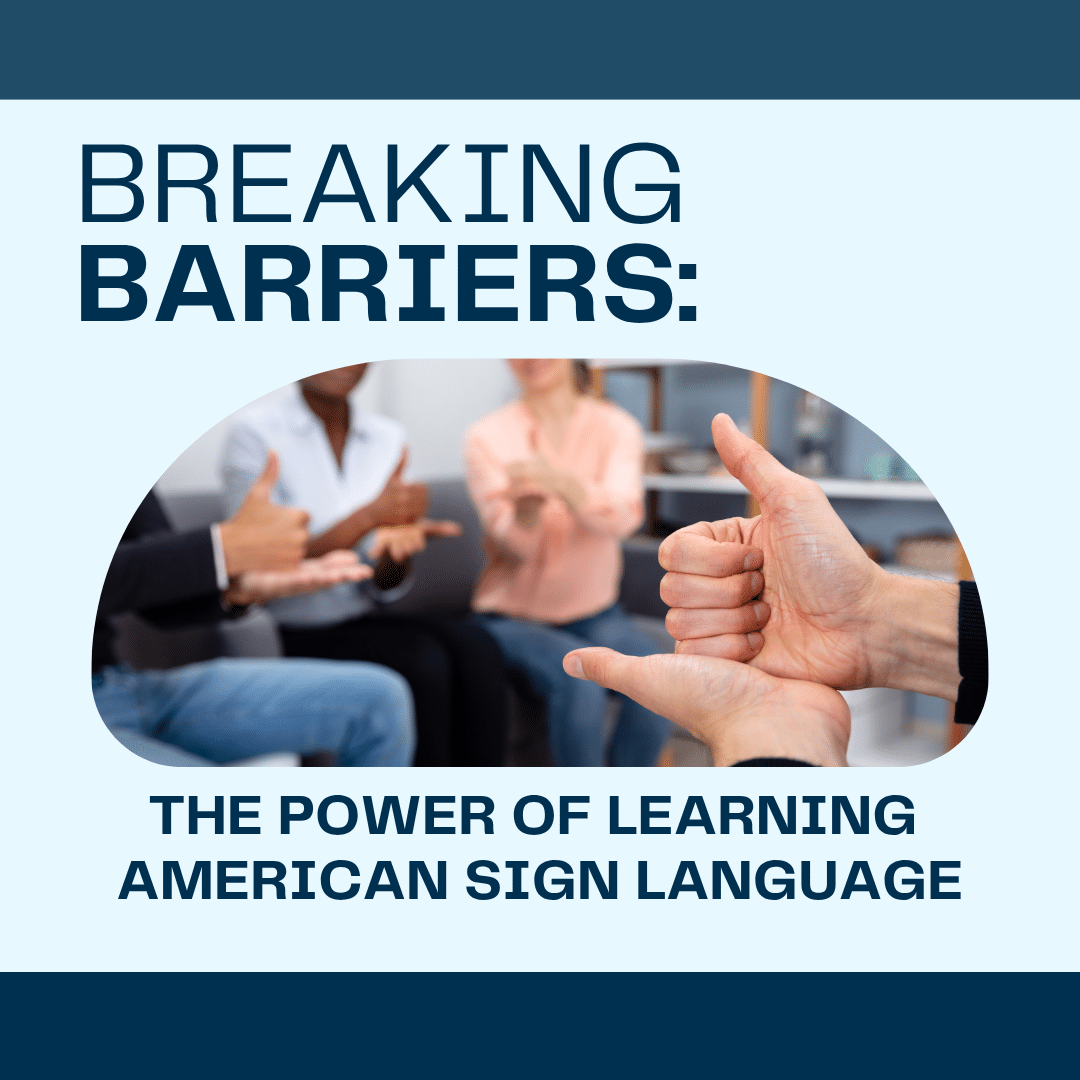



One Response
I am deaf and need a device where amto communicate and receive communications. I am deaf . It is very difficult to communicate with the hearing world. I’ve been recently diagnosed with debates and it is uncontrollable at this point because I am limited because of my deafness. I need education about the disease. Can you help